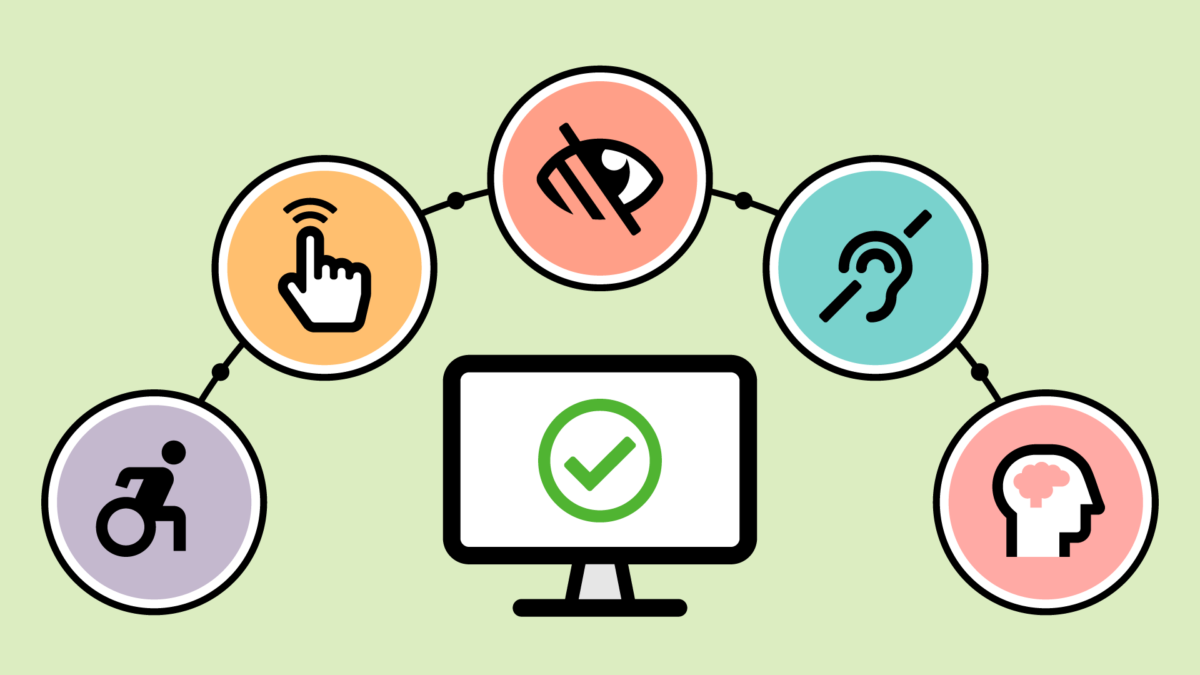News Blast: Your Daily Dose of Information
Stay updated with the latest news and insights from around the world.
Web Accessibility: The Invisible Importance You Can't Afford to Ignore
Unlock the secrets of web accessibility! Discover why ignoring it could cost you customers and reputation. Don’t miss out!
Understanding Web Accessibility: Key Concepts Every Developer Should Know
Web accessibility refers to the practice of making websites usable by people of all abilities and disabilities. It's essential for developers to understand that accessibility is not just a legal requirement but also a moral obligation. Making web content accessible improves the user experience for everyone and can significantly broaden the audience reach. Some key concepts to consider include the importance of semantic HTML, the use of proper headings, and the implementation of alternative text for images. Understanding web accessibility ensures that users who rely on assistive technologies, like screen readers, can navigate and interact with a website effectively.
Another critical aspect of web accessibility is ensuring that all users can navigate a site using keyboard-only controls, as many individuals with physical disabilities may not be able to use a mouse. Developers should also incorporate color contrast checks to ensure readability for users with visual impairments. Regular accessibility audits using tools like automated checkers, along with user testing involving individuals with disabilities, can provide valuable insights. By embracing these principles, developers create an inclusive web environment that benefits all, highlighting that understanding web accessibility is essential for modern web development.

5 Reasons Why Web Accessibility Matters for Your Business
In today's digital landscape, web accessibility is not just a legal requirement but a fundamental aspect of customer satisfaction and retention. Ensuring that your website is accessible to all users, including those with disabilities, can significantly broaden your audience. For instance, approximately 15% of the world's population experiences some form of disability. By optimizing your site for accessibility, you tap into a large market segment that is often overlooked, potentially increasing your customer base and revenue.
Moreover, prioritizing web accessibility can enhance your site's overall SEO performance. Search engines favor websites that offer a better user experience, which includes accessible design elements like alternative text for images and proper heading structures. By making your website accessible, you're not only complying with legal standards but also improving your search engine rankings. This dual benefit solidifies the importance of integrating accessibility practices as a core part of your business strategy.
Is Your Website Accessible? Common Pitfalls and How to Avoid Them
Website accessibility is crucial for ensuring that all users, regardless of their abilities or disabilities, can navigate and interact with your content. Unfortunately, many webmasters fall into common pitfalls that hinder accessibility. For instance, failing to use alt text for images can make it impossible for visually impaired users to understand your site's visuals. Additionally, having poor color contrast can make it difficult for those with color blindness to read your text. By addressing these issues, you can create an inclusive online environment that benefits everyone.
Another common oversight in web accessibility is neglecting to implement proper heading structures. Using headings hierarchically (H1, H2, H3, etc.) not only helps with SEO but also improves the experience for screen reader users. Additionally, interactive elements like buttons and forms should be clearly labeled to ensure they are easily navigable. To avoid these pitfalls, regularly conduct accessibility audits on your website and consider using tools like screen readers yourself to better understand the user experience for those with disabilities.